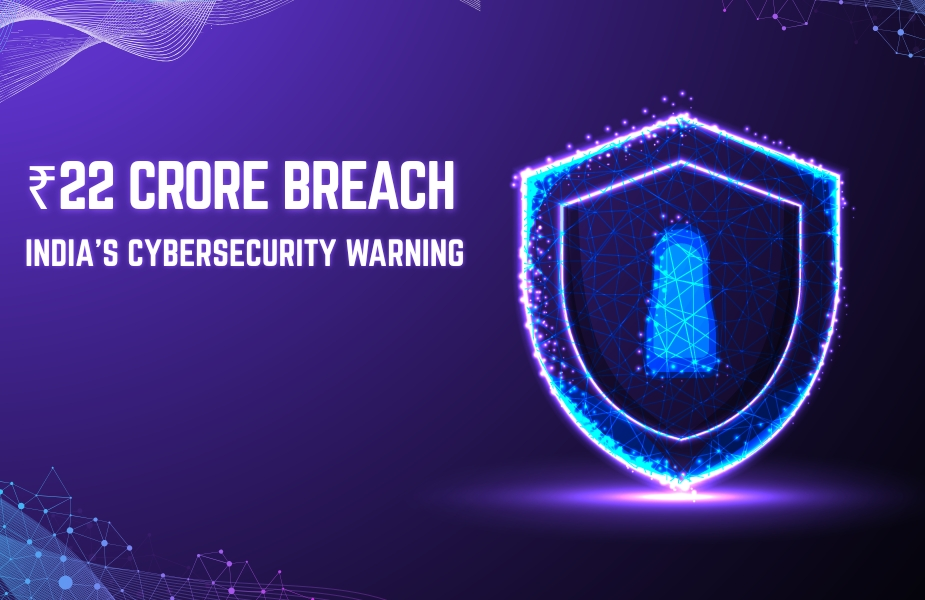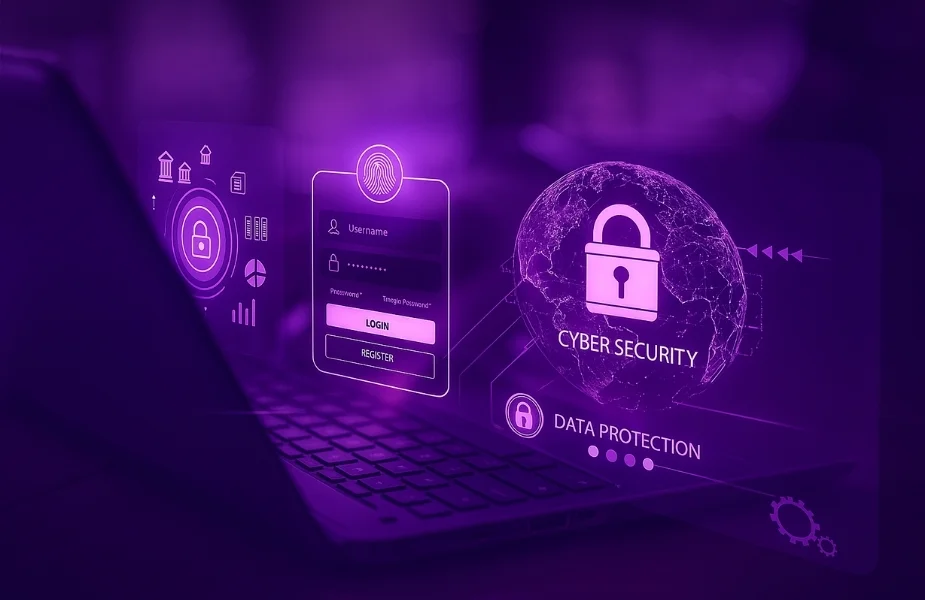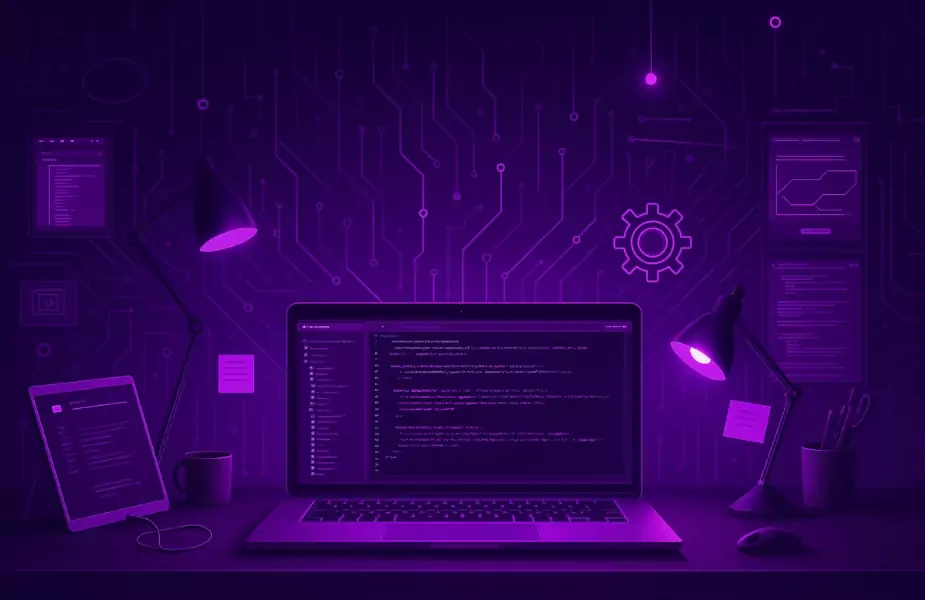When breach costs hit a record ₹22 crore, it stops being just another industry statistic and starts becoming a boardroom issue.
That’s where India stands today, according to The Times of India’s coverage of IBM’s latest global study. The cost of a single breach has never been higher in this market. A 12% jump over the previous year. A 44% rise over three years. And 53% of Indian organizations said they now pass breach-related costs directly onto customers.
This isn’t just about data. It’s about customer trust, competitive edge, and long-term resilience. Let’s break down what this means and where the real exposure lies.
Longer Breach Lifecycles = Bigger Impact
Indian businesses are now taking 241 days to identify a breach and another 90 days to contain it. That’s nearly a year of undetected access. A year of silent exfiltration, internal movement, and unnoticed damage.
The longer an attacker stays in, the harder it becomes to determine what was accessed, what was altered, and what compliance or reporting liabilities you now face. In industries where downtime or data loss can trigger audits or penalties, like BFSI, healthcare, or SaaS platforms, that kind of delay has consequences far beyond tech.
The Detection Gap Is Still a Problem
Breaches discovered internally were consistently cheaper than those discovered by third parties. Yet a significant number of Indian organizations are still relying on external sources to alert them to a compromise.
That means the first person to know about your breach isn’t your SOC. It’s a journalist, a customer, or worse, the attacker selling your data on the dark web.
The takeaway? Your detection strategy needs to shift from passive to active. Visibility alone isn’t enough. You need contextual intelligence, real-time alerts, and analysts who know what to look for.
AI Is Creating a Clear Divide
Companies using security AI had breach lifecycles shortened by 108 days and saved ₹3.94 crore per incident.
It’s not just about automation. It’s about speed, scale, and accuracy, triaging the noise and surfacing real threats before they escalate.
This is where mature security programs are starting to pull away from the rest. While some teams are still sifting through SIEM dashboards manually, others are integrating AI-driven detections directly into their response workflows.
And the result is measurable: shorter dwell times, faster remediation, and lower breach costs.
What’s Driving These Costs?
Aside from the obvious—investigation, recovery, fines, and legal fees—there’s one major cost driver that continues to surface: customer churn. Once the breach hits the media or impacts user trust, recovery goes well beyond the SOC.
Indian firms that lacked strong incident response capabilities consistently reported higher losses. Only 32% had a mature IR function in place. The rest were essentially reacting in real time, without structure, preparedness, or clarity.
That’s not incident response. That’s damage control.
What This Means for Security Leaders
This isn’t a report to skim. It’s a red flag that every security leader, MSP, and tech-driven enterprise should take seriously.
- Is your team still relying on third parties to surface threats?
- Are you monitoring the dark web for credential or brand exposure?
- Are AI and automation part of your detection pipeline or still on the roadmap?
- How often is your IR plan tested, updated, or drilled?
These aren’t just strategic questions. They’re financial ones.
Closing Thoughts
₹22 crore isn’t just a headline; it’s a signal. Indian organizations are becoming more valuable targets, and attackers are getting faster, smarter, and quieter. If your current security posture hasn’t adapted to that reality, you’re not just at risk of a breach; you’re at risk of breaching late, responding late, and paying the price long after the headlines fade.
This isn’t about fear. It’s about readiness.
To know more click here.




